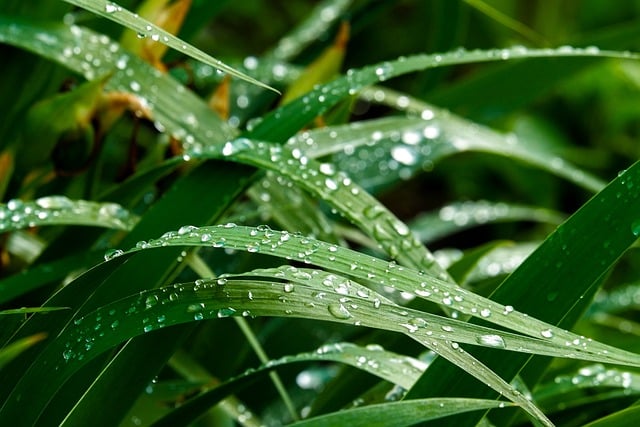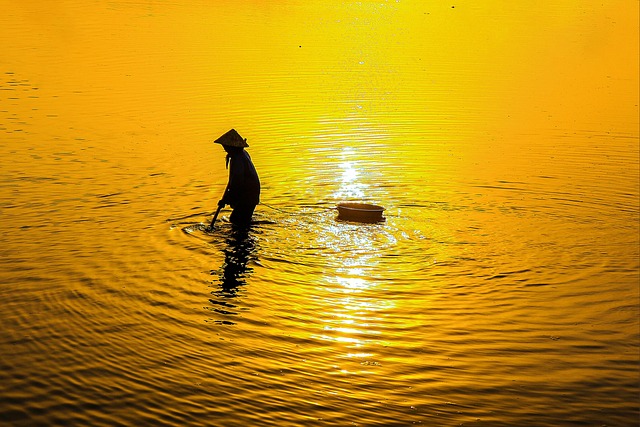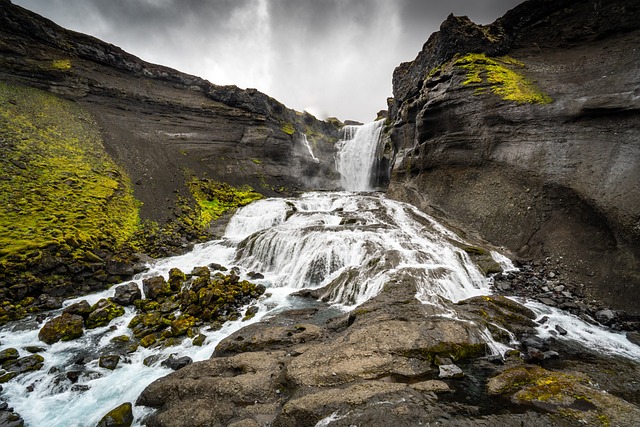Catch and release fly fishing promotes sustainability in fly fishing rivers by minimizing harm to fish populations and preserving river ecosystems. Anglers should choose pristine spots with healthy fish and varied terrain, follow ethical practices like gentle handling and proper gear, respect habitats and other users, and use techniques reducing stress on aquatic life to ensure the longevity of these vital resources for future generations.
“Discover the art of responsible angling with our comprehensive guide to catch and release (C&R) fishing areas. We explore why this practice is vital for preserving ecosystems, especially in the context of fly fishing rivers. From understanding C&R techniques to identifying ideal water bodies, this article offers insights for anglers. Learn about ethical considerations and how your choices can promote healthy fish populations and vibrant ecosystems. Embrace a sustainable approach with our expert tips on fly fishing rivers.”
- Understanding Catch and Release Practices
- Fly Fishing Rivers: A Sustainable Approach
- Selecting Ideal Water Bodies for C&R
- Ethical Considerations for anglers
- Techniques to Minimize Fish Stress
- Promoting Healthy Ecosystems through C&R
Understanding Catch and Release Practices

Catch and release fishing is a popular practice among anglers, especially those who enjoy fly fishing in pristine river settings. It involves carefully catching, examining, and then releasing fish back into their natural habitat. This method allows anglers to experience the thrill of the catch while minimizing the potential harm to the fish population. By adopting this practice, anglers contribute to conservation efforts, ensuring the longevity of healthy fish stocks for future generations to enjoy.
In fly fishing rivers, understanding catch and release practices is crucial. Anglers should be familiar with proper handling techniques to minimize stress on the fish. This includes using specialized gear designed for catch and release, such as lightweight rods and lines, and learning how to quickly and gently remove the hook. Proper care during the fight ensures the fish’s survival and promotes a sustainable fishing experience.
Fly Fishing Rivers: A Sustainable Approach

Fly fishing rivers represent a sustainable approach to catching and releasing fish, fostering a harmonious relationship between anglers and the natural environment. This method involves using a lightweight rod, specialized line, and intricate flies that imitate insects found in the river ecosystem. By mimicking nature, fly anglers minimize the stress on the fish, allowing for their safe release back into the water.
This practice is particularly beneficial for maintaining healthy river ecosystems as it discourages overfishing and protects the delicate balance of aquatic life. Fly fishing rivers encourages a deeper connection with nature, promoting conservation efforts and ensuring the longevity of these precious resources for future generations to enjoy.
Selecting Ideal Water Bodies for C&R

When it comes to catch and release (C&R) fishing, selecting the right water bodies is paramount. For enthusiasts of fly fishing rivers, the ideal spot combines pristine waters, a healthy fish population, and ample space for fish to recover after being caught. Fast-flowing streams and clear, cool lakes are prime examples, as they support robust ecosystems and provide excellent habitats for various fish species. These bodies of water often attract less anglers, ensuring a more peaceful experience for those practicing C&R methods.
Focusing on fly fishing rivers that are free from pollution and overfishing allows for the preservation of these natural treasures. Anglers should look for rivers with diverse terrain, including riffles, runs, and pools, which offer varied fishing opportunities and increase the chances of catching a variety of fish. Moreover, considering water bodies with accessible upstream and downstream sections facilitates easy release, minimizing stress on the caught fish.
Ethical Considerations for anglers

Anglers engaging in catch and release fly fishing rivers must always keep ethical considerations at the forefront of their practice. This involves respecting the natural habitat, minimizing disruption to the ecosystem, and handling fish with utmost care. Using appropriate gear designed for gentle release is crucial to prevent injury or stress on the captured fish. Anglers should also be mindful of seasonal restrictions and size limits set by local authorities to ensure the sustainability of the population.
Additionally, responsible anglers should practice ‘leave no trace’ principles by properly disposing of all waste, including used fly lines and lures. They should also avoid disturbing other users of the river, whether they are fellow anglers or nature enthusiasts. By adhering to these ethical guidelines, anglers can help preserve the beauty and biodiversity of fly fishing rivers for future generations.
Techniques to Minimize Fish Stress

When it comes to catch and release fishing in fly fishing rivers, minimizing fish stress is paramount to ensure the well-being of the aquatic life and the longevity of the fishery. After all, the goal for many anglers is not just to land a fish but also to return it safely to the water. Techniques such as careful handling with wet hands or gloves, quick release of the hook, and minimizing the time the fish is out of water can significantly reduce stress.
Additionally, experienced fly fishers employ gentle fighting techniques, allowing the fish to run and play without excessive tension. Using lighter gear and line reduces the impact on the fish’s natural behavior. In fly fishing rivers, these practices not only foster a healthier ecosystem but also enhance the overall angling experience, ensuring that both the fish and the fisher can enjoy their time together before the fish is gently sent back to its watery home.
Promoting Healthy Ecosystems through C&R

Catch and release (C&R) fishing practices play a pivotal role in preserving the health of our ecosystems, especially in popular fly fishing rivers. By implementing C&R methods, anglers can actively contribute to the long-term sustainability of aquatic habitats. When fish are carefully caught, handled, and then released back into their natural environment, it minimizes the impact on the population and allows for a continuous, healthy flow of species within the river system.
This approach is particularly crucial for maintaining delicate ecological balances. Fly fishing rivers often support diverse and sensitive ecosystems, including various fish species, aquatic plants, and other wildlife. By practicing C&R, anglers ensure that these rivers remain vibrant and thriving for future generations to enjoy. It’s a harmonious way to engage with nature, allowing both the angler and the environment to benefit from this popular outdoor activity.






